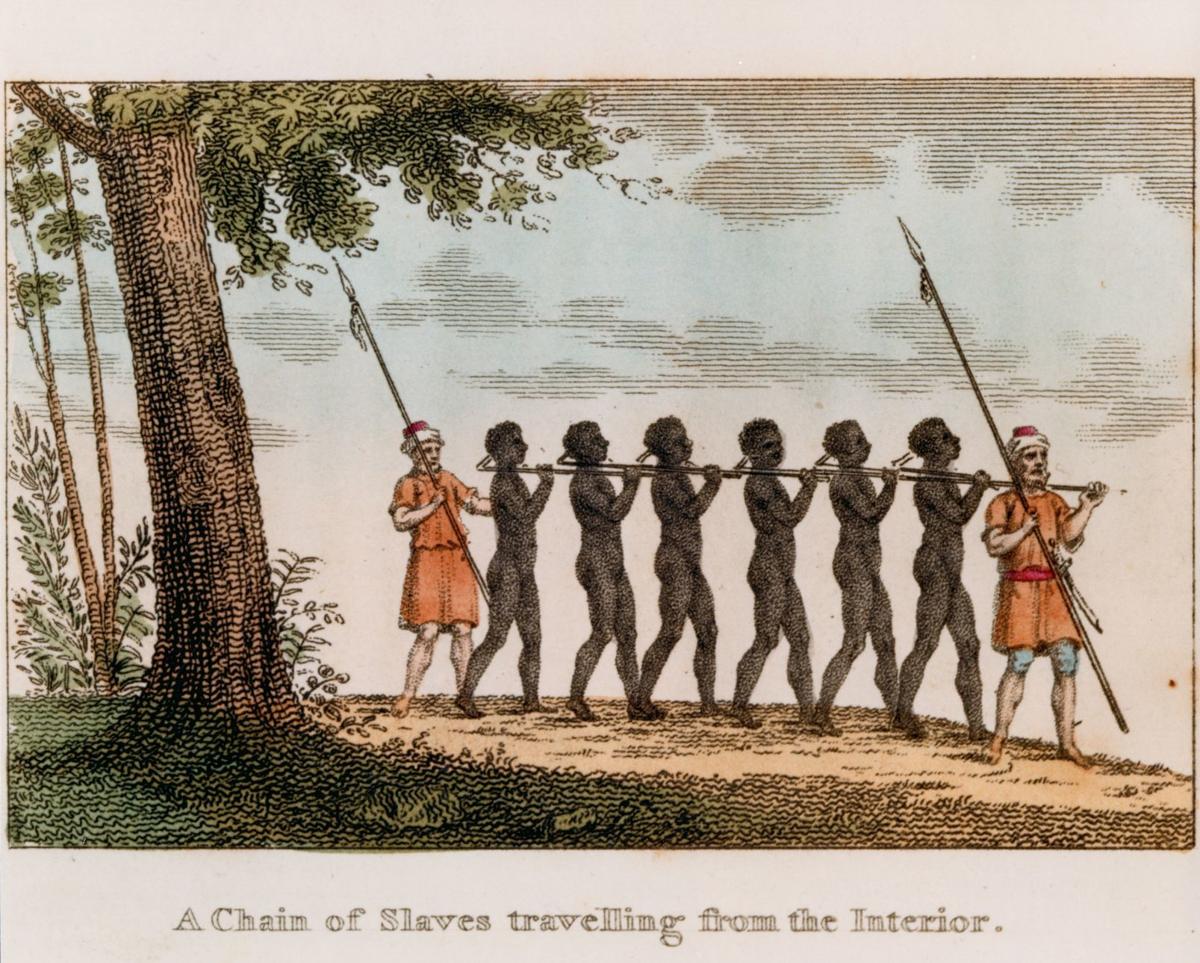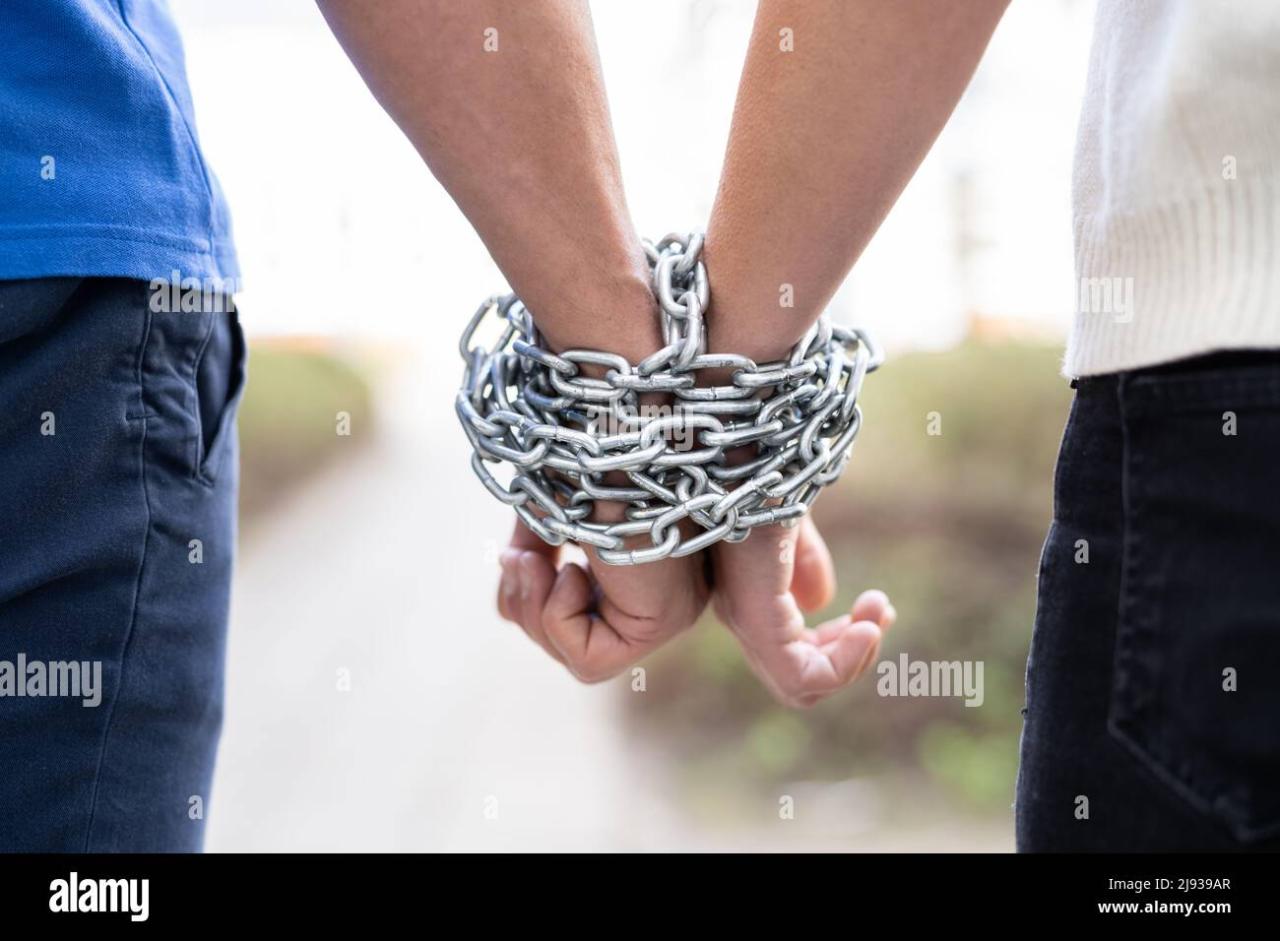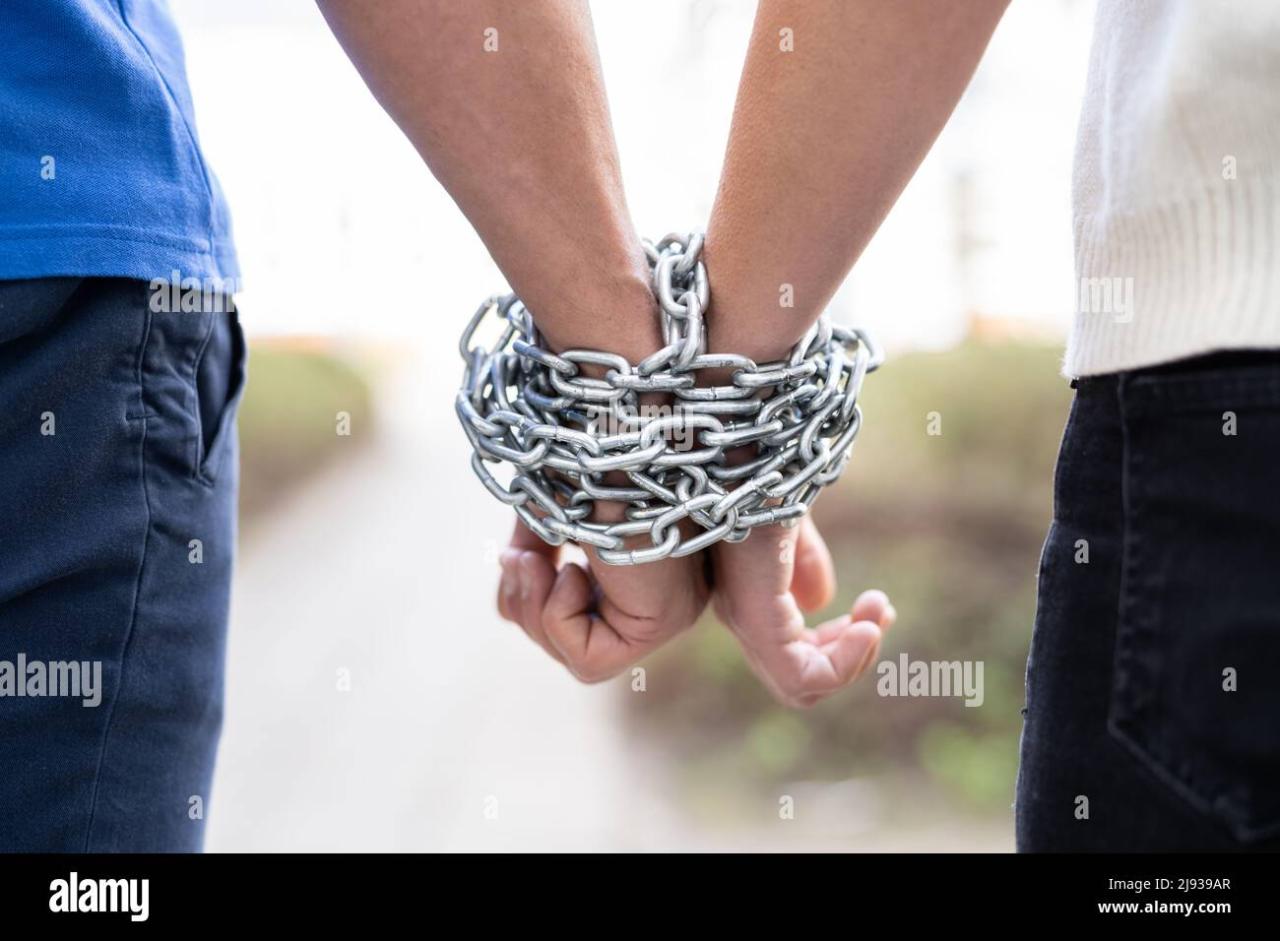Chained together endings, a literary device that captivates readers by seamlessly intertwining multiple conclusions, offer a profound impact on narrative structure, character development, and reader engagement. Delving into the intricacies of this technique, this exploration unveils the purpose, patterns, and power of chained together endings.
Ending Analysis
In a narrative, a “chained together ending” refers to a narrative technique where the conclusion of a story is directly linked to the beginning, creating a cyclical or circular structure. This literary device serves to emphasize the interconnectedness of events and characters, as well as the cyclical nature of life and human experience.
Examples
Examples of chained together endings can be found in various literary works, including:
- James Joyce’s “The Dead”concludes with the protagonist, Gabriel Conroy, reflecting on his life and his epiphany about the interconnectedness of all living beings, echoing the story’s opening line, “Lily, the caretaker’s daughter, was literally run off her feet.”
- T.S. Eliot’s poem “The Waste Land”ends with the line, “Shantih shantih shantih,” which translates to “peace,” echoing the opening line, “April is the cruellest month,” suggesting a cyclical return to a state of peace after the desolation of winter.
- Margaret Atwood’s novel “The Handmaid’s Tale”concludes with the protagonist, Offred, escaping from the oppressive regime of Gilead, but her fate remains uncertain, leaving the reader to ponder the cyclical nature of history and the potential for both hope and despair.
Purpose and Effect
The purpose of using chained together endings is to create a sense of unity and closure while also highlighting the interconnectedness of events and characters. By linking the beginning and end of the narrative, authors can emphasize the cyclical nature of life and human experience, as well as the idea that even in the face of change and adversity, there is often a sense of continuity and return.
Narrative Structure
Chained together endings are a narrative structure where multiple endings are connected in a sequential or parallel manner, creating a complex and interconnected narrative web. This structure allows for multiple perspectives, plot twists, and resolutions, offering a dynamic and engaging reading experience.
Common patterns and techniques used in crafting chained together endings include:
- Interwoven Narratives:Different storylines or perspectives are interwoven, creating a complex tapestry of events and characters.
- Parallel Endings:Multiple endings occur simultaneously, offering different outcomes for different characters or plotlines.
- Sequential Endings:Endings are presented in a chronological order, with each ending leading to the next.
- Branching Endings:Readers’ choices or actions determine the path of the narrative, leading to different endings.
Chained together endings contribute to the overall flow and pacing of a narrative by:
- Creating Suspense:Multiple endings keep readers engaged and guessing until the final resolution.
- Providing Depth and Complexity:By exploring different perspectives and outcomes, chained together endings add depth and complexity to the narrative.
- Enhancing Reader Engagement:The interconnected nature of the endings encourages readers to explore and discover different paths and outcomes.
- Challenging Conventions:Chained together endings break away from traditional narrative structures, offering fresh and innovative approaches to storytelling.
Character Development

Chained together endings significantly impact character development, revealing hidden aspects of characters and altering their perspectives. By exploring the consequences of different choices and actions, these endings challenge characters’ beliefs and force them to confront their own motivations and desires.
Unveiling Hidden Depths
Chained together endings often expose hidden aspects of characters, bringing to light their vulnerabilities, fears, and secret aspirations. By placing characters in extreme situations or forcing them to confront their past mistakes, these endings trigger emotional catharsis and reveal the true nature of their being.
For example, in the film Eternal Sunshine of the Spotless Mind, the protagonist undergoes a procedure to erase memories of his former lover. However, the ending reveals that fragments of these memories persist, suggesting that the character’s true self cannot be fully suppressed.
Altering Perspectives
Chained together endings can also profoundly alter characters’ perspectives, forcing them to reconsider their values and beliefs. By experiencing the consequences of their actions, characters gain new insights into the world and their place within it.
In the novel The Great Gatsby, the protagonist’s unwavering pursuit of the American Dream ultimately leads to tragedy. The ending forces him to confront the futility of his aspirations and the true nature of his own desires.
Influencing Character Arcs, Chained together ending
Chained together endings can significantly influence character arcs, shaping their journey and transforming their identities. By presenting multiple endings, these narratives allow characters to explore different paths and make choices that impact their ultimate destiny.
For instance, in the video game The Witcher 3: Wild Hunt, the player’s choices throughout the game determine the fate of the protagonist and the world he inhabits. The various endings offer distinct outcomes that reflect the character’s values and the consequences of his actions.
Reader Engagement
Chained together endings play a pivotal role in engaging readers by creating a sense of suspense, anticipation, and emotional investment. These endings are meticulously crafted to hook readers from the outset and maintain their attention until the very end.
One of the key techniques used to engage readers is the creation of suspense. Chained together endings often leave readers with unanswered questions and a desire to know what happens next. This sense of uncertainty keeps readers on the edge of their seats, eagerly anticipating the resolution of the plot.
Emotional Responses
In addition to suspense, chained together endings also elicit strong emotional responses from readers. By creating a sense of anticipation and uncertainty, these endings can evoke feelings of excitement, anxiety, and even fear. The emotional connection that readers develop with the characters and the plot drives them to continue reading until the very end.
Literary Devices

Chained together endings employ a range of literary devices to enhance their impact and effectiveness. These devices create a sense of suspense, intrigue, and closure, leaving readers satisfied yet eager for more.
Foreshadowing
Foreshadowing is a subtle hint or clue that suggests events that will occur later in the narrative. In chained together endings, foreshadowing can create a sense of anticipation and build tension as readers piece together the clues and speculate about the outcome.
Example: In the novel “Gone Girl,” the opening scene provides a glimpse of the protagonist’s violent tendencies, foreshadowing the dark events that will unfold.
Suspense
Suspense is a feeling of uncertainty and anticipation that keeps readers on the edge of their seats. Chained together endings often rely on suspense to create a sense of urgency and keep readers engaged until the very end.
Example: In the film “The Usual Suspects,” the revelation of the true mastermind behind the heist creates a thrilling sense of suspense that keeps viewers guessing until the final scene.
Irony
Irony occurs when there is a contrast between what is expected and what actually happens. In chained together endings, irony can create a sense of surprise or satisfaction as readers witness the unexpected unfolding of events.
Example: In the novel “The Great Gatsby,” the tragic ending is ironic in light of the protagonist’s belief that he can repeat the past and recapture lost love.
Symbolism
Symbolism is the use of objects, characters, or events to represent abstract ideas or emotions. In chained together endings, symbolism can create a deeper layer of meaning and provide insight into the themes of the narrative.
Example: In the film “The Shawshank Redemption,” the tunnel that the protagonist digs to escape prison symbolizes hope and resilience.
Historical Context
Chained together endings, characterized by the concatenation of multiple endings, have a rich and diverse history spanning various literary genres and time periods.
In ancient Greek literature, chained together endings were employed in epic poems like Homer’s Odyssey, where the narrative concludes with a series of episodes that provide closure to different characters and plotlines.
Evolution in Different Genres
- Drama:In Greek tragedies, chained together endings facilitated the resolution of multiple conflicts and the exploration of complex moral dilemmas.
- Novel:During the 18th and 19th centuries, novelists such as Charles Dickens and George Eliot utilized chained together endings to provide multiple perspectives and offer a comprehensive view of society.
- Short Story:In the 20th century, short story writers like James Joyce and Virginia Woolf experimented with chained together endings to challenge traditional narrative structures and explore the complexities of human experience.
Cultural and Societal Influences
The use of chained together endings has been shaped by various cultural and societal factors:
- Oral Tradition:In oral storytelling traditions, chained together endings allowed for the seamless transition between different episodes and the inclusion of multiple perspectives.
- Religious Beliefs:In some cultures, chained together endings reflect beliefs about the interconnectedness of life and the afterlife.
- Social Values:Chained together endings can reflect the social values and norms of the time period in which they are written, often exploring themes of justice, morality, and redemption.
Comparative Analysis: Chained Together Ending
Chained together endings, also known as serial endings or cliffhangers, are a distinctive type of narrative conclusion that leaves the story unresolved and compels readers to continue reading. In comparison to other types of narrative endings, chained together endings exhibit unique characteristics, purposes, and effects.
Similarities and Differences
Similarities:
- Create anticipation:All types of narrative endings aim to generate anticipation and leave a lasting impression on readers.
- Provide closure:While chained together endings do not fully resolve the plot, they offer a sense of closure by tying up loose ends and providing a glimpse into the future.
Differences:
- Resolution:Chained together endings leave the story unresolved, whereas other types of endings, such as closed endings or open endings, provide varying degrees of resolution.
- Reader engagement:Chained together endings are specifically designed to engage readers and keep them invested in the story, while other endings may prioritize different aspects.
Advantages and Disadvantages
Advantages:
- Sustained suspense:Chained together endings maintain a high level of suspense, keeping readers on the edge of their seats and eager to continue reading.
- Increased readership:By leaving the story unresolved, chained together endings encourage readers to seek out subsequent installments, potentially increasing readership.
Disadvantages:
- Frustration:Some readers may find chained together endings frustrating, as they do not provide immediate closure or resolution.
li> Reliance on sequels:Chained together endings require authors to produce sequels or continuations, which may not always meet expectations.
Creative Applications
Chained together endings offer writers a versatile tool for crafting engaging and memorable narratives. Here are some practical tips and guidelines for their effective use:
Crafting Successful Chained Together Endings
To create successful chained together endings, consider the following key elements:
- Strong Hook:Begin with a compelling event or question that grabs the reader’s attention.
- Unpredictability:Keep the reader guessing by introducing unexpected twists and turns.
- Character Growth:Use the ending to demonstrate the protagonist’s transformation or evolution.
- Emotional Impact:Evoke strong emotions in the reader, leaving them with a lasting impression.
- Open-Endedness:Leave room for interpretation and speculation, encouraging the reader to ponder the story’s meaning.
Innovative Uses in Contemporary Literature
Contemporary writers have experimented with chained together endings in innovative ways:
- Nested Narratives:Interlocking stories that unfold simultaneously, revealing hidden connections.
- Non-Linear Structures:Breaking the traditional narrative arc to create a fragmented and surreal experience.
- Unreliable Narrators:Questioning the truthfulness of the narrator, leaving the reader to piece together the story’s true meaning.
- Metafictional Endings:Exploring the boundaries between fiction and reality, challenging the reader’s assumptions.
Ending Remarks
In conclusion, chained together endings serve as a versatile tool for authors, allowing them to craft narratives that linger in the minds of readers long after the final page. Their ability to shape character arcs, evoke emotions, and leave a lasting impression solidifies their significance in the literary landscape.
Question & Answer Hub
What is the purpose of using chained together endings?
Chained together endings serve multiple purposes, including creating suspense, revealing hidden character aspects, enhancing reader engagement, and contributing to the overall flow and pacing of a narrative.
How do chained together endings impact character development?
These endings can significantly influence character arcs by revealing hidden motivations, altering perspectives, and showcasing the consequences of their actions.
What are some common literary devices employed in chained together endings?
Writers often utilize foreshadowing, symbolism, and cliffhangers to enhance the impact and effectiveness of chained together endings.

